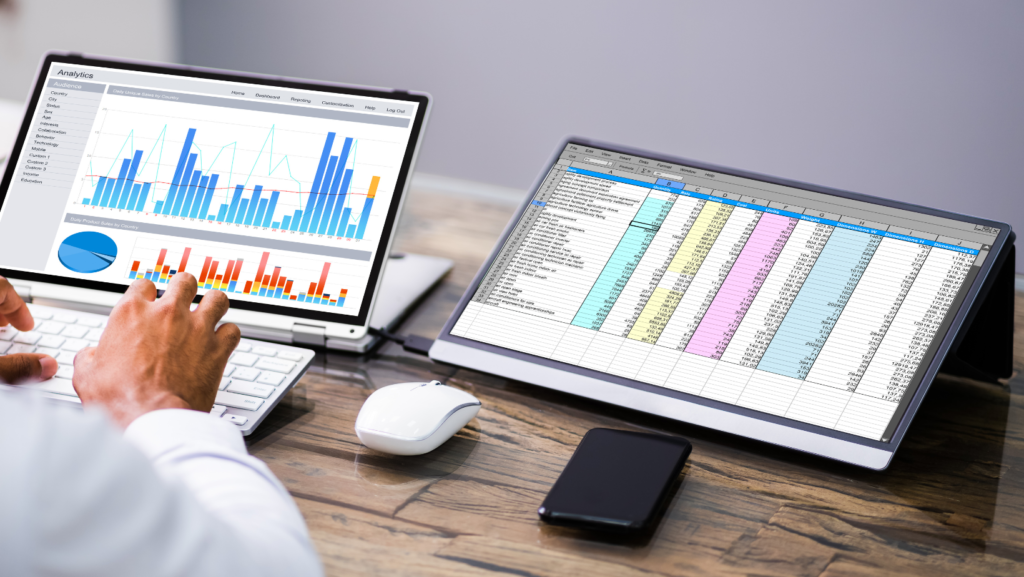Managing data in software comes with its challenges, often leading to a cycle of mistrust among users and hindering the overall adoption of the platform. This is typically a challenging situation for teams trying to drive software adoption. It is a well-known fact that any software is only as good as the data that resides within it. Put simply, software only generates output based on the input that people using it feed it with.
This challenge has now multiplied due to the advent of Artificial Intelligence. Different kinds of AI models like generative and predictive models are great but put it simply, the accuracy and reliability of their predictions will again depend on how accurate and complete the underlying data is. Now that we have laid down the importance of enhancing data quality within your Zoho instance, let’s delve into practical steps to elevate data quality within Zoho, ensuring a smoother experience for both administrators and users.
Understanding Key Data Quality Metrics:

- Completeness: Ensure all necessary fields in Zoho are appropriately planned during your Zoho Implementation and once that is done they are always filled, providing comprehensive information.
- Uniqueness: Eliminate duplicate records within the Zoho database to avoid confusion and enhance accuracy.
- Timeliness: Keep Zoho data up-to-date to reflect real-world changes promptly.
- Validity: Adhere to Zoho’s data syntax rules, ensuring information is usable for its intended purpose.
- Accuracy: Guarantee that data in Zoho accurately mirrors the real-world scenarios it represents.
- Consistency: Maintain uniformity across various Zoho databases for reliable and cohesive information.
Pro tip 💡💡: Zia, your intelligent sales assistant can help you make sure that your CRM data is complete and has all the right and updated information. Based on as little information that you give such as the name, company, or website of a record, Zia crawls pages from across the Internet and retrieves additional information about the record, such as company size, phone number address, and other details. All of this information can be used by your sales team for personalizing their communication and by Zia for lead conversion prediction.
Strategies for Effective Zoho Data Management:

- Data Capture:
- Utilize validation rules and automated flows within Zoho for guided and error-free data entry.
- Implement activity capture features to seamlessly track communication records.
- Deduplication:
- Define clear criteria for identifying duplicate records in Zoho.
- Leverage Zoho’s built-in deduplication features and explore third-party applications for more advanced deduplication rules.
- Data Validation:
- Validate email addresses and mailing addresses within Zoho to ensure accuracy.
- Integrate verification tools to validate emails and addresses.
- Data Enrichment:
- Exercise caution with data enrichment practices in Zoho, prioritizing completeness and compliance.
- Avoid unnecessary data hoarding, aligning with Zoho’s data privacy regulations.
- Standardization:
- Standardize data formats in Zoho for consistency and usability.
- Address common issues such as mailing address standardization.
Practical Steps for Better Zoho Data Quality:

- Organizing Report Folders:
- Enforce clear naming conventions for organized report folders, simplifying the management process.
- Simplifying Page Layouts:
- Work with Zoho Consultant to focus on essential fields in Zoho’s page layouts to declutter and streamline the user interface. Refer to the pro-tip below to understand how you can manage a simplified layout with an appealing layout view.
- Creating Validation Rules:
- Implement validation rules in Zoho to ensure accurate data entry. Email ID validation, Phone number validation, ABN / Tax number validation. These are a few examples of how validation rules can ensure a first point of check, avoiding massive data-led failures in the future.
- Setting Up Monitoring Reports:
- Leverage Zoho’s reporting capabilities to monitor and track key data quality metrics.
- Implementing Data Governance:
- Establish principles for comprehensive data governance throughout the entire data lifecycle in Zoho.
- Communication on Data Importance:
- Ensure users understand the critical role of data quality within Zoho to encourage active participation.
- Establishing Data Cleansing Routines:
- Conduct regular data quality assessments within Zoho to identify patterns and address issues promptly.
- Exploring Third-Party Tools for Zoho:
- Consider third-party tools aligned with Zoho’s capabilities to enhance data completeness, uniqueness, and validity/consistency.
Pro tip 💡💡: Use Zoho Canvas to have custom layouts built on your CRM and Creator Applications. This helps in 2 ways, you can keep data architecture intact, as well as give a clean-looking layout like Customer 360 to your team members.
In conclusion, this user-friendly guide provides actionable steps for Zoho administrators to maintain and elevate data quality effectively. Emphasizing continuous efforts and leveraging appropriate tools within Zoho ensures a positive user experience and maximizes the platform’s potential.
We at FI Digital – Zoho Premium Partner in Australia, help our clients with their data strategy as well as cleaning up legacy data, and help them to get maximum value out of their Zoho Investment.
Get in touch with us to arrange a consultation session.

